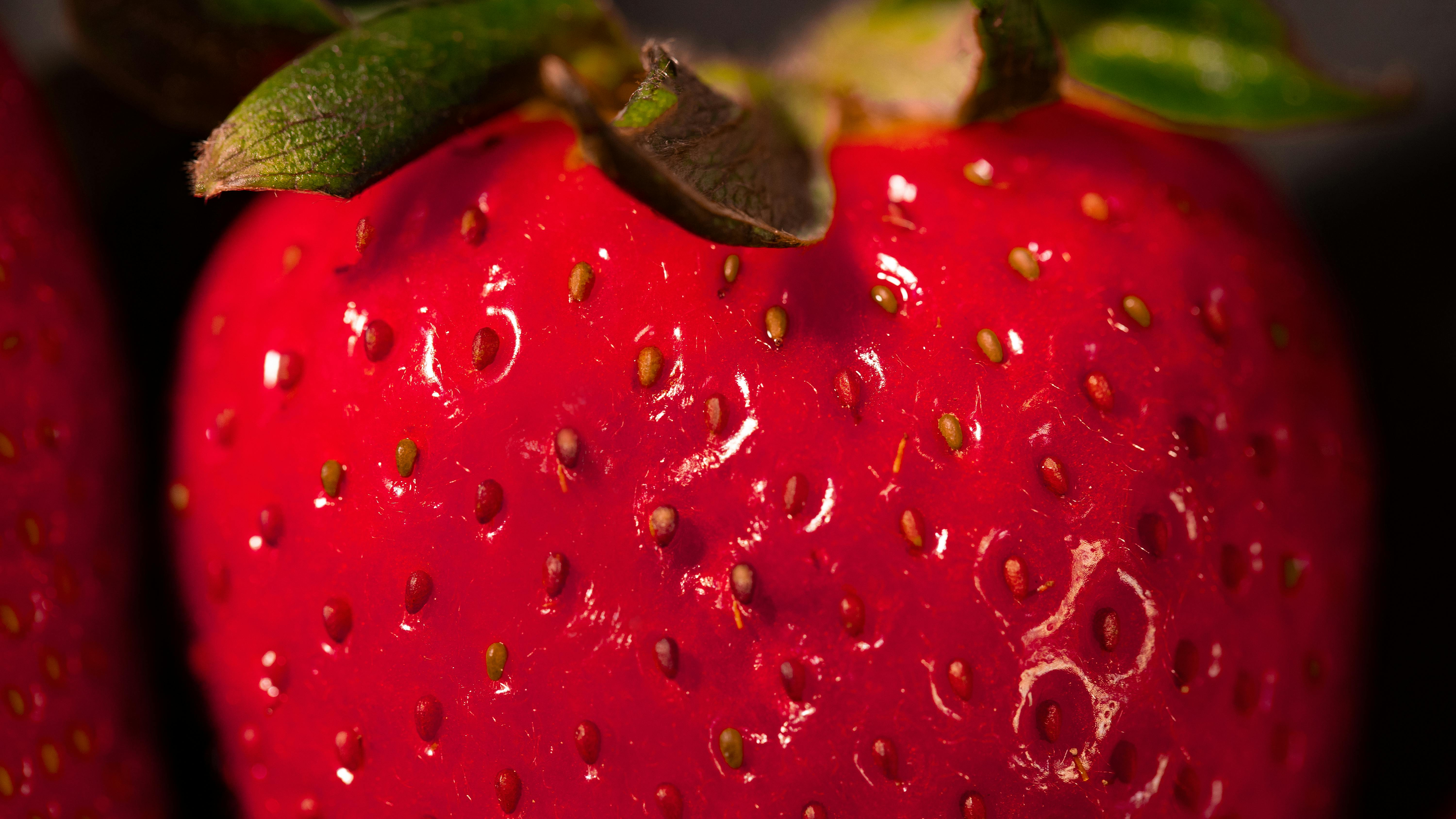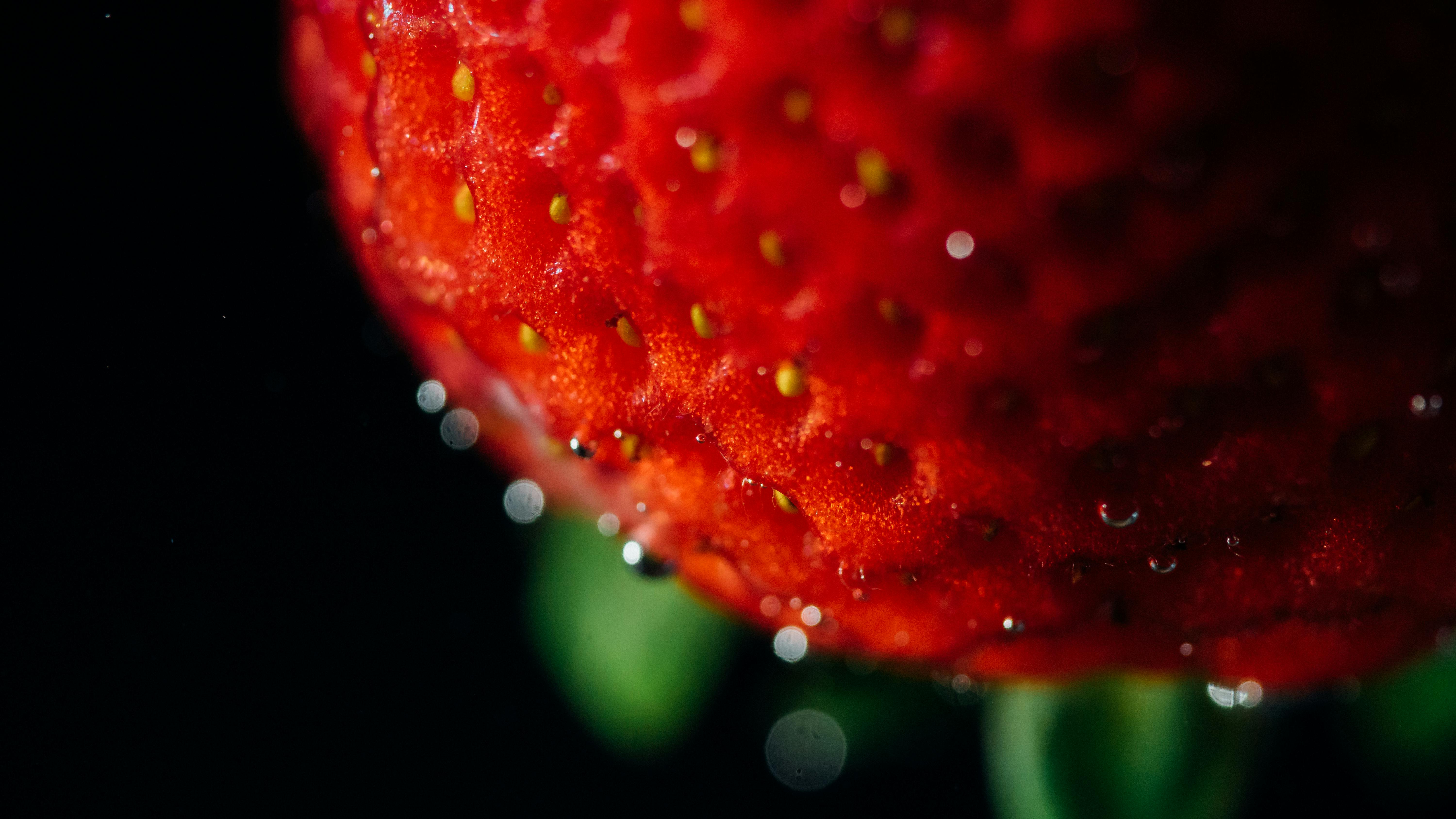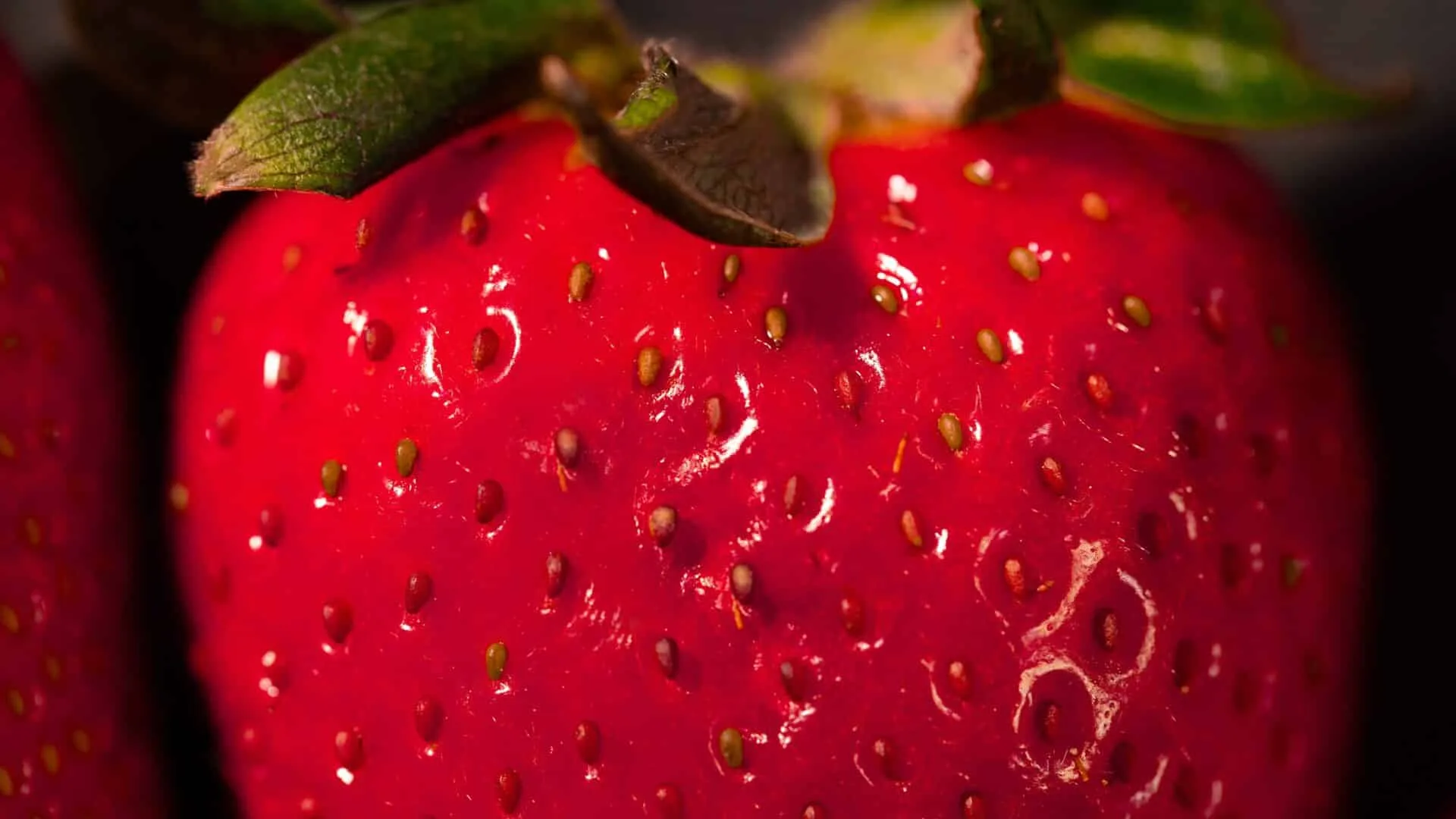Strawberries are a popular fruit that are enjoyed by many people for their sweet flavour. Growing your own strawberries can be a rewarding experience, and with the right care and attention they can produce an abundant crop of delicious berries. One of the first steps in growing strawberries is planting the seeds, but how long does it take for them to germinate? In this article we will explore how long it takes for strawberry seeds to germinate, as well as some tips on how to get the best results from strawberry seedlings.It typically takes between 7 and 14 days for strawberry seeds to germinate.
Environmental Factors
Environmental factors such as temperature, light, and moisture are key components that affect the germination of strawberry seeds. If the temperature is too high or too low, the process of germination can be hindered. Optimal temperatures for strawberry seed germination range from 18-21° Celsius. Additionally, too much or too little light can also prevent proper germination. Exposure to light is not necessary during the germination process but providing some indirect light can help promote growth once the seeds begin to sprout. Lastly, adequate moisture is essential for successful germination. Too much or too little water can cause the seeds to dry out or rot respectively.
Soil Type
The type of soil in which you plant your strawberry seeds is also an important factor when considering successful germination rates. Loose and well-draining soils are best suited for this purpose as they allow for proper aeration and provide good drainage for excess water. Soils that are too compacted will reduce oxygen levels and inhibit root growth. Additionally, incorporating organic matter such as compost into your soil can help promote better nutrition absorption by the plants and thus support healthy growth during the germination process.
Seed Quality
The quality of your strawberry seeds is also an important aspect to consider when attempting to achieve successful germination rates. If your seeds are too old, they may have lost their ability to produce viable plants due to age-related genetic changes or environmental damage over time. Additionally, adding a fungicide to your soil prior to planting may help reduce fungus growth on your seedlings which could otherwise inhibit their development and reduce their chance of survival. Finally, it is important to ensure that you obtain fresh seeds from a reputable source in order to maximize their potential for successful germination rates over time.
Preparing Soil For Planting Strawberry Seeds
Preparing soil for planting strawberry seeds is a crucial part of growing healthy and productive plants. The best soils for strawberry plants are well-draining, nutrient-rich soils with a pH between 5.5 and 6.8. To ensure your soil is prepared correctly, it’s important to test the soil’s pH and nutrient levels before planting, and amend it as needed. Adding organic matter such as compost or manure to the soil will help improve drainage, aeration, and nutrient levels. It’s also important to remove any weeds or debris before planting, as this can interfere with the growth of your strawberry plants. If you live in an area with hard clay soils, adding sand can also help improve drainage and aeration. Once you have amended your soil, it’s time to plant your strawberry seeds!
When planting strawberry seeds, it’s important to space them out so that each seedling has enough room to grow without competing for resources with its neighbors. Planting too closely together can lead to stunted growth or disease transmission between plants. Depending on the variety of strawberries you are planting, you may need more or less space between each plant; check the seed packet or online resources for specific spacing requirements. It’s also important to water your newly planted seeds regularly during germination; generally speaking, keep the soil moist until the seedlings appear.
With proper preparation and care, your new strawberry plants should start bearing fruit within one year! Remember that regular fertilizing is essential throughout the growing season in order to maintain healthy plants; check online resources for specific fertilizing requirements based on your local climate and soil conditions. With a little bit of effort upfront, you’ll be enjoying delicious strawberries in no time!
Temperature Requirements For Germinating Strawberry Seeds
When starting your strawberry seedlings, it is important to understand the temperature requirements for germination. Most strawberry seeds will germinate best at a temperature between 18-21°C. This range will allow for the most rapid germination and provide the best environment for the seedlings to grow. If the temperature goes below 18°C, germination can be inhibited, while temperatures above 21°C can cause excessive heat stress on the developing seedlings.
It is also important to note that strawberry seeds are sensitive to light and should not be exposed to direct sunlight until after they have germinated. Direct exposure to sunlight before they have started to sprout can cause them to dry out or die prematurely. If you are unable to provide adequate temperatures indoors, you can try placing your seed trays outside in a shaded area during the day and bringing them back indoors at night.
Once your strawberry seeds have begun to sprout, it is important to maintain a consistent temperature of 18-21°C for optimal growth. Once your seedlings reach about 10cm in height, you can gradually reduce the temperature by a few degrees each week until they reach a more comfortable 15-18°C range. Keeping your strawberry seedlings at these optimal temperatures will ensure that they are able to reach their full potential and produce delicious fruit!
Amount Of Water Needed To Germinate Strawberry Seeds
Germinating strawberry seeds is a great way to grow your own delicious strawberries. The key to successful germination is providing the right amount of water. Too much water can cause the seeds to rot, while too little will prevent them from germinating. Knowing how much water is needed for successful germination will ensure that your strawberry plants have the best chance of thriving.
The amount of water needed to germinate strawberry seeds depends on the type of seed being used. If using a fresh seed, it should be soaked in warm water overnight before planting. This helps to soften the outer shell and give the seed a better chance at sprouting. Once planted, a light misting with a spray bottle should be done daily until germination occurs.
If using older or dried seeds, they should first be soaked in warm water for several hours or overnight before planting. This will help rehydrate the seeds and give them a better chance at germination. Once planted, these seeds should also be misted daily with warm water until germination occurs.
It is important not to overwater strawberry seeds as this can cause them to rot before they have a chance to sprout. The soil around the planted seed should remain moist but not soggy wet. A light misting with a spray bottle is usually enough to keep the soil moist without drowning the seed in too much moisture.
Overall, knowing how much water is needed for strawberry seed germination is essential for success when growing your own strawberries from seed. Be sure to provide enough moisture for optimal growth without over saturating the soil which can lead to rotting and fungal diseases that may destroy your crop before it even begins!

Optimal Light Conditions For Germinating Strawberry Seeds
Germinating strawberry seeds successfully requires optimal light conditions. Light plays an important role in the process of germination as it helps in the activation of enzymes essential for metabolic processes like respiration, synthesis of proteins and digestion. It also helps to regulate the plant’s growth and development. Therefore, it is important to understand the role of light in germinating strawberry seeds and to provide the right light conditions for successful germination.
The best light conditions for germinating strawberry seeds involve providing bright light during the day and complete darkness at night. During the day, direct sunlight should be avoided as it can overheat or dry out the soil, while diffused sunlight or artificial lighting are more suitable. A fluorescent lamp placed 6-12 inches from seed trays should provide enough light without overheating them. During night time, a dark environment is essential for allowing strawberries to effectively absorb nutrients from their environment and grow strong and healthy seedlings.
It is also important to note that too much light can be detrimental to germinated strawberry seeds, so it is important to monitor the amount of light they receive on a daily basis. Too much heat can cause stunted growth, while too little light can result in weak and unhealthy seedlings with poor root development. The ideal temperature range for germinating strawberry seeds is between 65-70 degrees Fahrenheit during daylight hours and 50-55 degrees Fahrenheit during evening hours when darkness sets in.
In conclusion, providing optimal light conditions for germinating strawberry seeds is essential for successful growth and development of healthy plants. Direct sunlight should be avoided during daytime hours while diffused sunlight or artificial lighting should be provided instead, while complete darkness should be maintained at night time for effective nutrient absorption from their environment by seedlings. It is also important to monitor the amount of light they receive daily as too much or too little can have detrimental effects on their growth.
Checking When The Strawberry Seeds Have Sprouted
Checking when the strawberry seeds have sprouted is an important part of growing strawberries. Knowing when to start checking will allow you to get the most out of your strawberry plant. Once the seeds have sprouted, it’s time to start monitoring their growth.
The first thing to do is to check the soil where you planted your strawberry seeds. You want to make sure that the soil is moist and has good drainage. This will help your plants stay healthy and prevent them from becoming waterlogged. Once you’ve checked that the soil is in good condition, it’s time to look for signs of germination.
Strawberry seeds usually take anywhere from one week to three weeks to germinate, depending on how warm the soil is and how much light they’re getting. You should start looking for signs of germination after about a week or two. Look for tiny white or green shoots poking through the soil surface and thin root hairs emerging from the seed coat. Once these signs appear, you can start watering your plants more frequently and providing more light if needed.
When checking if your strawberry seeds have sprouted, it’s important not to disturb them too much while they’re growing. Gently remove any weeds or debris around them so that they can get plenty of air circulation and light exposure. It’s also important not to overwater your plants as this can cause them to rot or develop fungal diseases like powdery mildew.
Once your strawberry plants have grown a few inches in height, you can begin harvesting their fruit when it turns red and ripe. Be sure not to over-harvest as this can cause stunted growth and reduced yields in later years. With regular monitoring and care, you can enjoy delicious strawberries for years!
Transplanting The Sprouted Strawberry Seeds To Garden Beds
Transplanting sprouted strawberry seeds into garden beds is a great way to ensure a plentiful harvest of delicious, juicy strawberries. It is important to choose the right type of soil for the plants, as well as the correct amount of water and sunlight for optimal growth. Once the soil has been prepped and the plants are ready to be transplanted, it is important to take special care when transferring them from their original containers into the garden beds.
When transplanting sprouted strawberry seeds, it is best to handle them gently and take care not to damage any delicate roots or stems. Start by making sure that each new bed is prepared with fertile soil that has adequate drainage capability. Once the soil is prepared, create shallow holes in the beds and carefully place each seedling into its own hole – making sure not to compact or disturb any of the surrounding soil. Gently firm up around each seedling with your hands and water thoroughly.
It is also important to remember that when transplanting sprouted strawberry seeds, they need enough space between them so that they can spread out as they mature. If you are planting many seedlings in one bed, be sure to keep at least 6 inches between each plant so they have plenty of room to grow without competing for resources.
Once all seedlings have been transplanted into their new beds, it is important to water them regularly and provide ample sunlight so they can thrive in their new environment. Additionally, if you notice any signs of disease or pests on your plants, be sure to take action immediately in order to avoid any damage or loss of crop yield. With proper care and attention, your sprouted strawberry seeds will soon be ready for harvesting!

Conclusion
Strawberry seeds are relatively easy to germinate and can grow even in harsh climates. However, the time frame for germination varies depending on the type of strawberry plant, the temperature, and the amount of moisture in the soil. The best way to speed up strawberry germination is to keep the soil moist and provide adequate sunlight. As long as you provide a good environment for your strawberry seeds, they should germinate within 10-30 days.
In conclusion, strawberry seeds can take anywhere from 10-30 days to germinate depending on a variety of factors such as temperature, soil moisture, and type of strawberry plant. By providing a good environment for your seedlings, you can ensure that your strawberries will quickly germinate and produce healthy plants.



